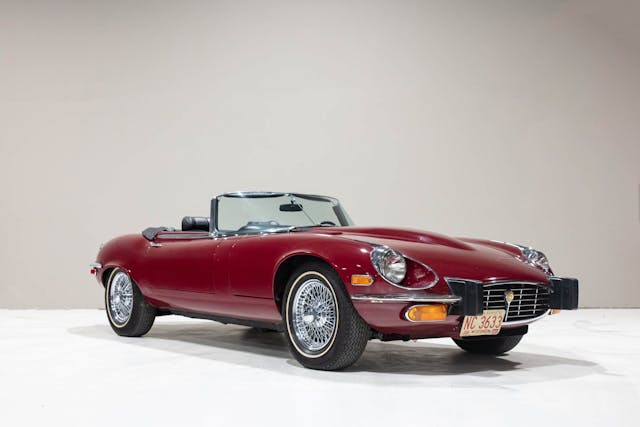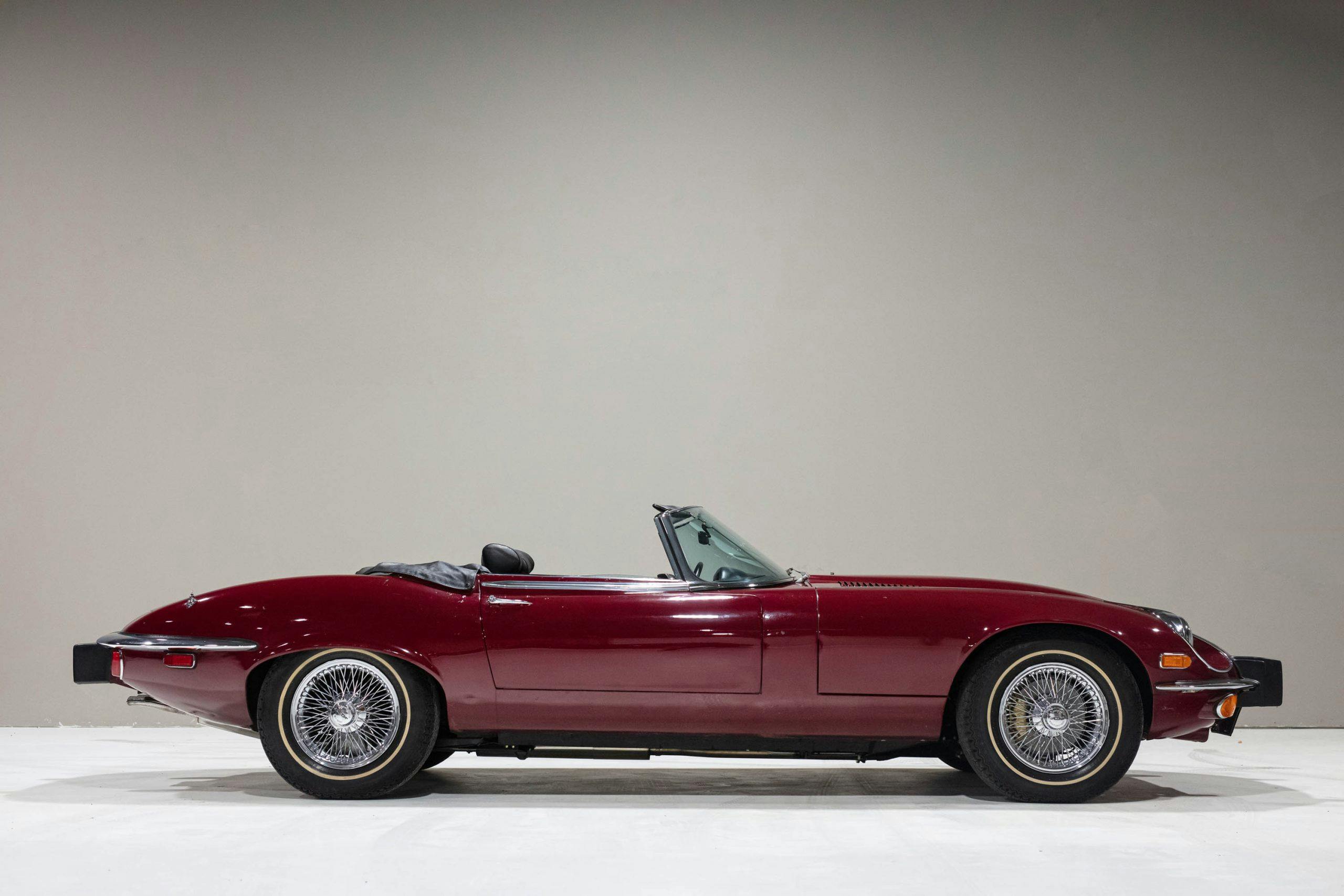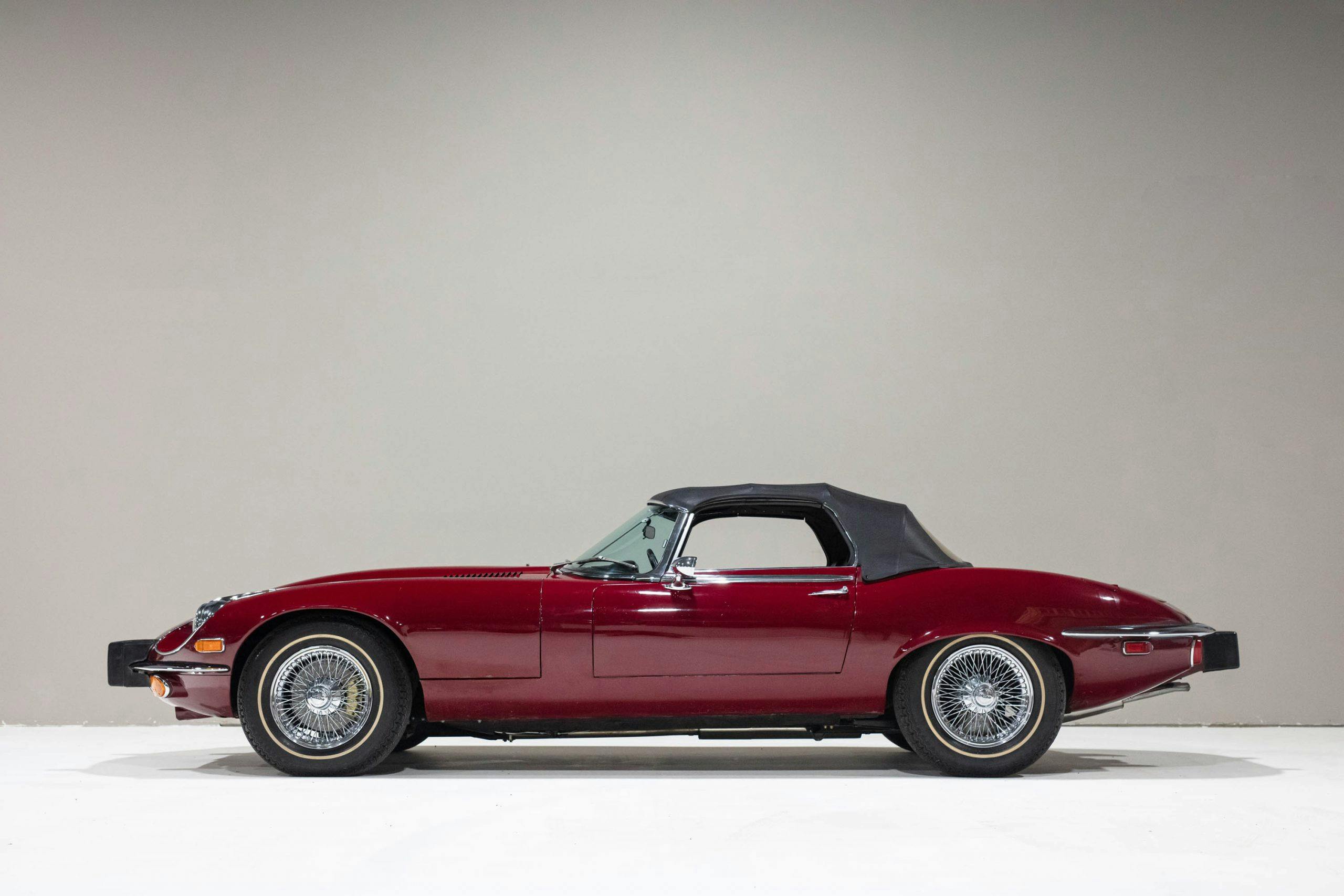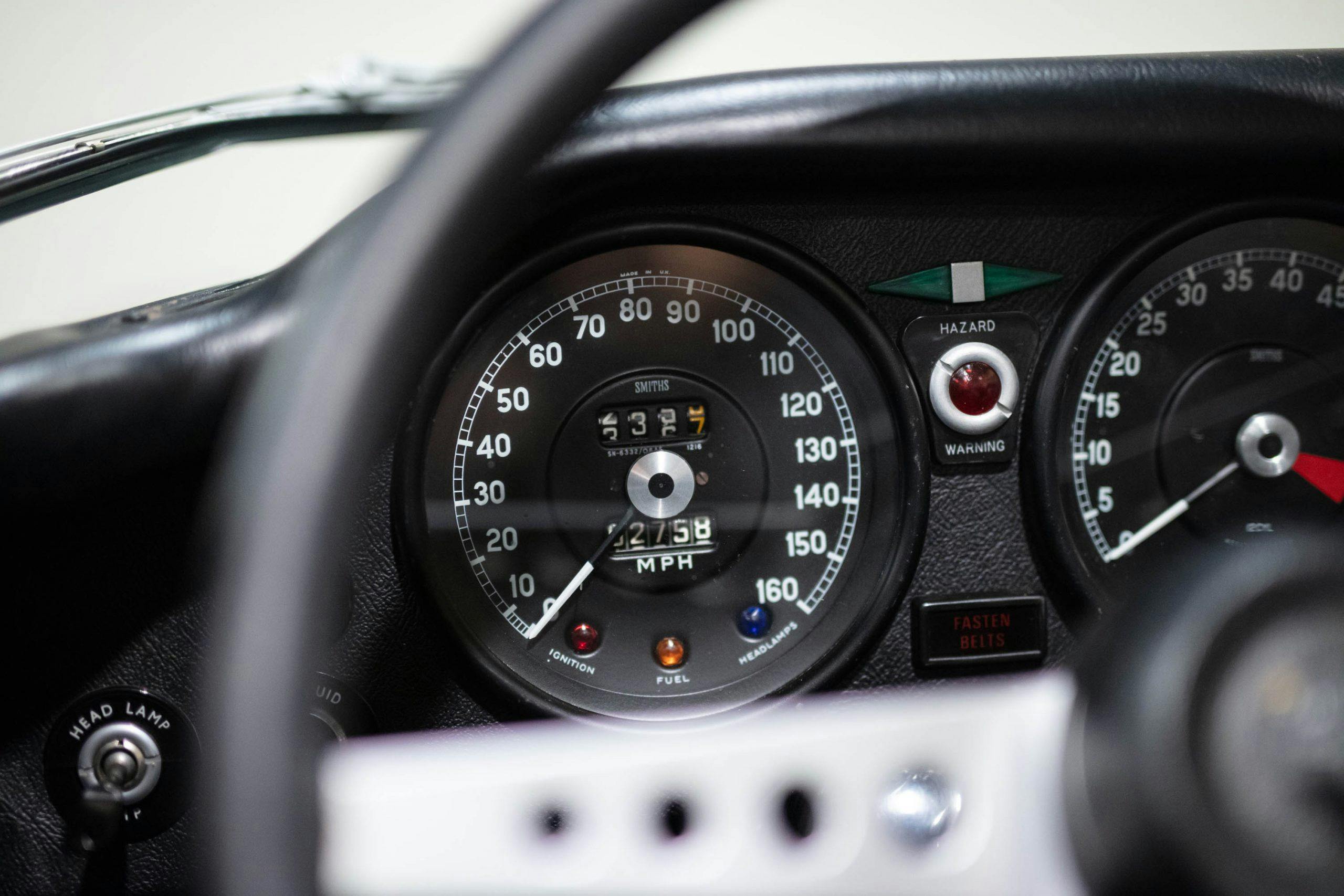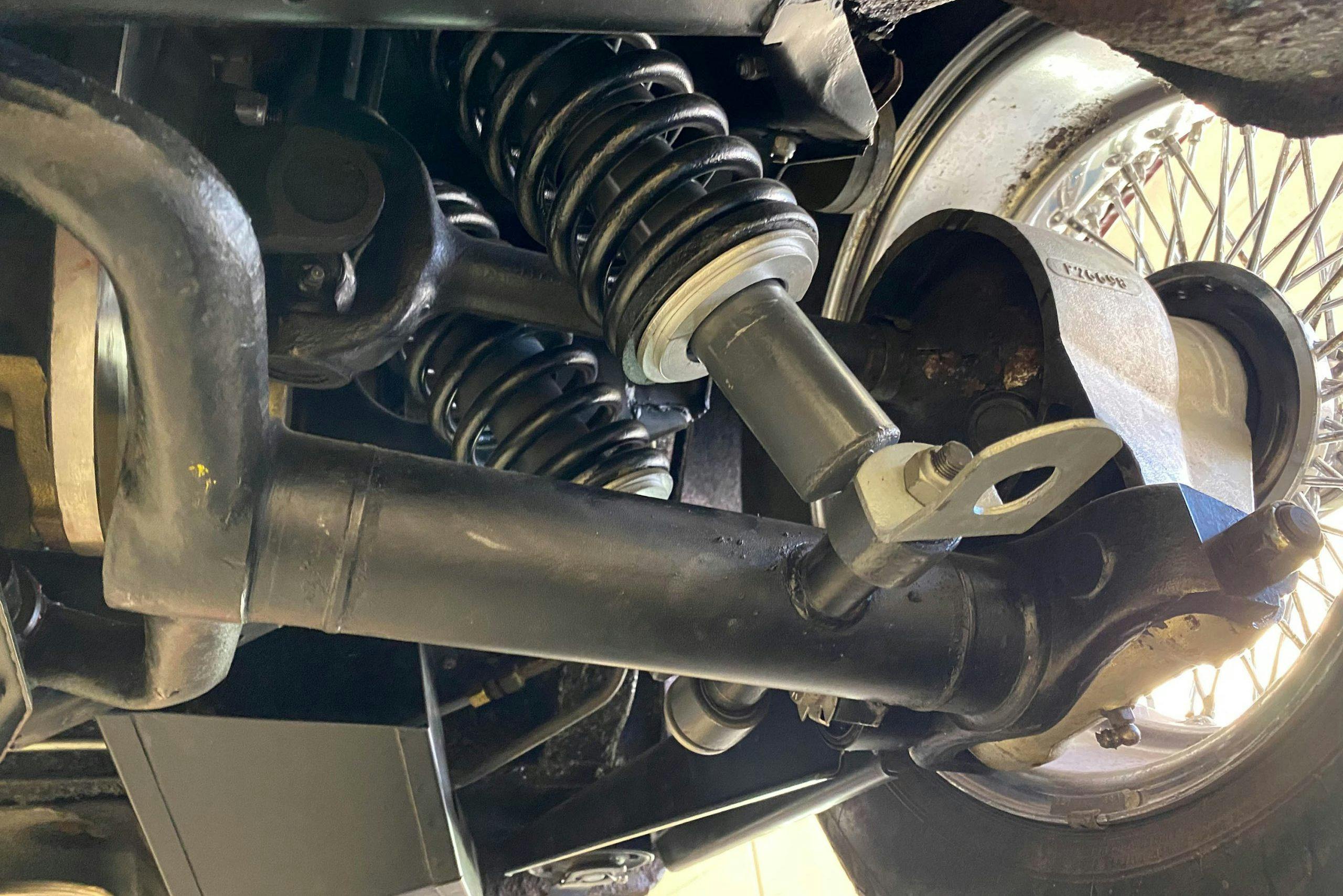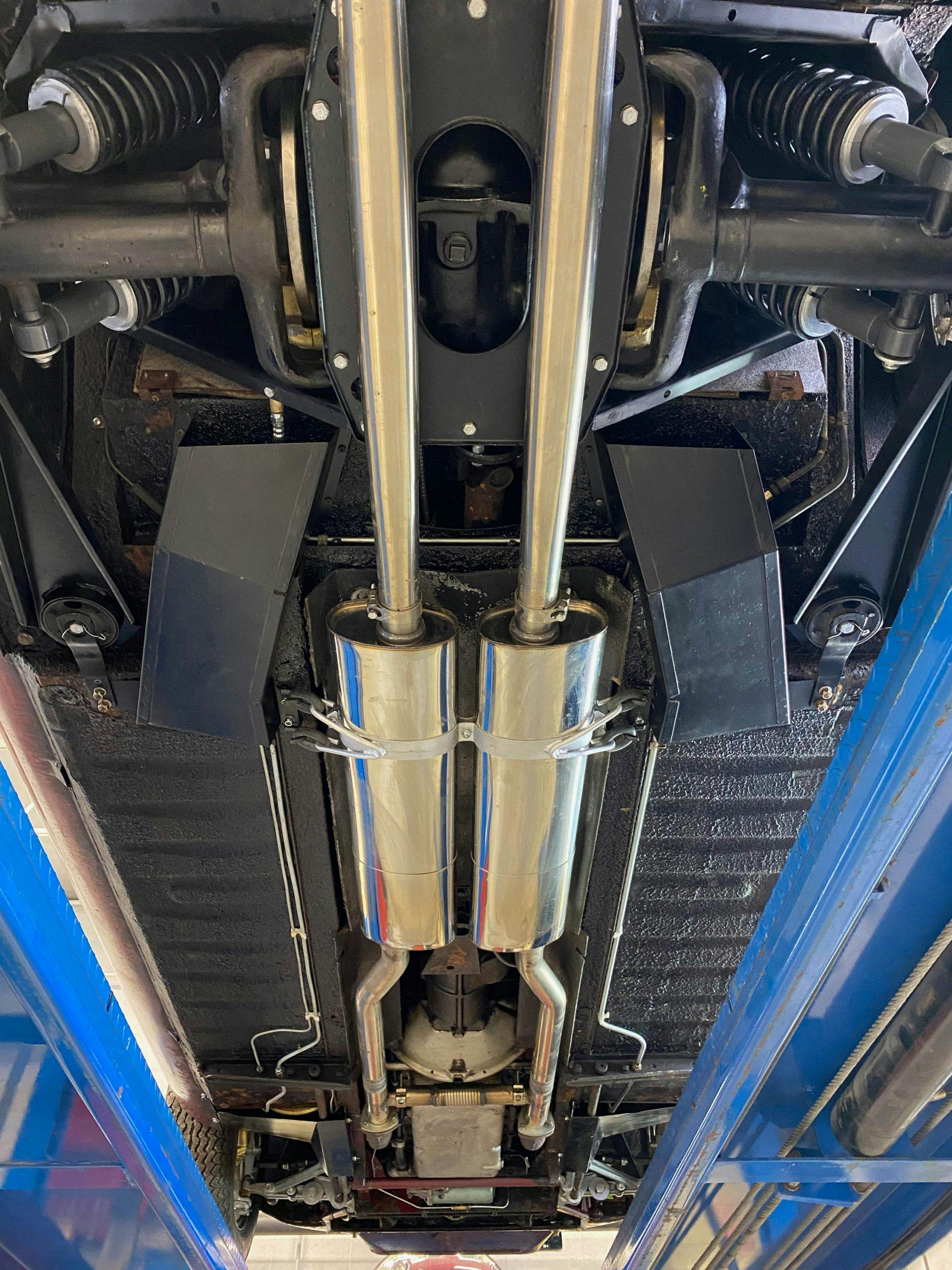Forgotten for 44 years, this garage-find E-Type is ready for its close-up
It’s not often that you find a nearly 50-year-old car with just 2700 miles on its odometer and the original rubber on its wheels—especially one that was simply parked and ignored for decades. Yet that’s the story of this 1974 Jaguar E-Type Series 3 V-12 Roadster, which spent 44 years sitting in a garage, seemingly forgotten. Now, up for auction as part of RM Sotheby’s Open Roads online sale, it’s ready to get back in the hands of a new owner that can appreciate its lovely V-12.
The car was originally purchased by James Karr of Milwaukee, Wisconsin, on July 26, 1974, the day before his 27th birthday. The alluring V-12 convertible was not what his parents had hoped he would buy; they’d tried to steer him into something more reliable and practical. Undeterred, Karr put down $7200, financed the remaining $2800, and drove off in the Regency Red droptop. He and his wife drove the car for two summers—exclusively in proper convertible weather—and had it serviced regularly, following the recommended break-in procedure. In 1976 the car went into the garage for what should have been a single winter nap … and there it sat while the family’s life went on and the Karrs moved to Pennsylvania. The Jag was still sitting in that garage, undriven, when James passed away 43 years later.
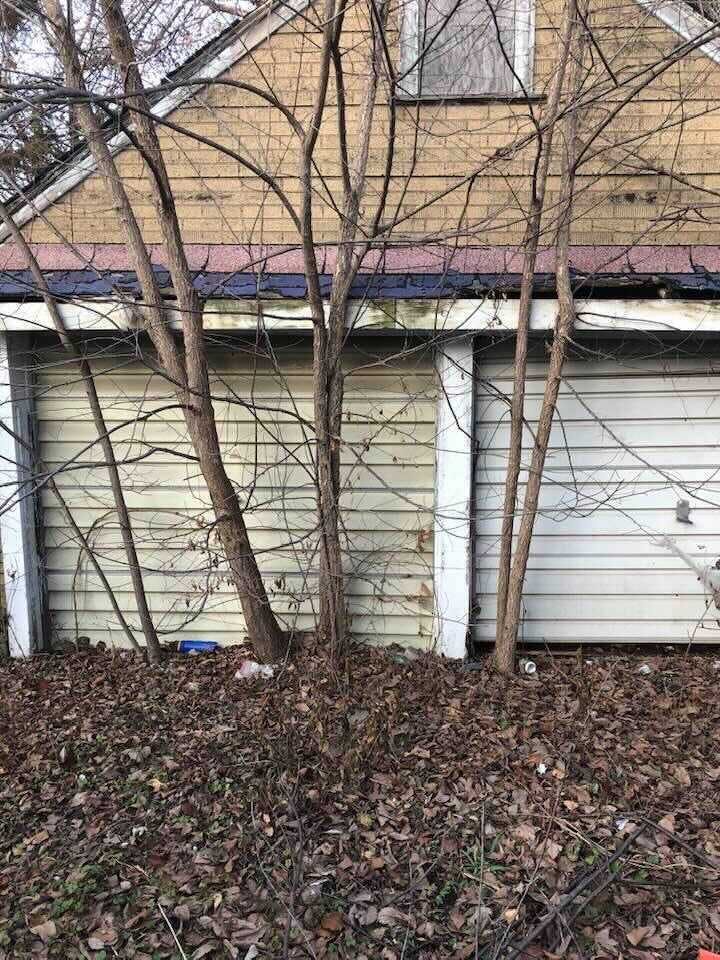
Frequent Hagerty contributor Colin Comer got a call about the car from a real estate agent in early 2020. The Karr family was selling the property. Knowing it would take some time and effort to get the car back in shape, Comer purchased the E-Type and began the intense detailing and mechanical refreshing needed to undo decades of sitting. First, he had to get the car out of storage, no small feat considering that trees had grown up in front of the garage where it had been parked since 1976.

Once the car was in his possession, the real work began. With the spark plugs removed and the cylinders oiled and allowed to sit for a bit, Comer got the V-12 engine to turn over by hand. Removing the valve covers and turning the engine over some more revealed that the valvetrain was operating as intended, with proper clearance. A compression check proved the rings were all good, as cylinder pressure was within 5 psi across all cylinders. Since everything seemed in order, he primed the carbs, since the Series 3 V-12 engine is fed fuel via gravity, from a gas can. Provided juice from a fresh battery, the starter easily brought the engine to life. It ran a bit rough for a few seconds, perhaps down a cylinder or two, but soon it was purring along just as you’d expect from a V-12.
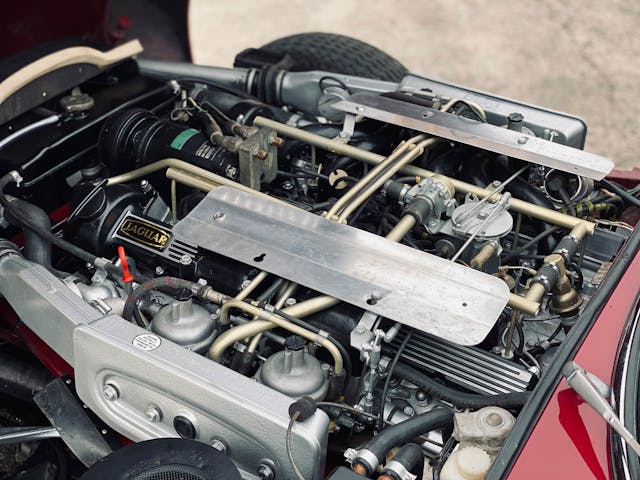
Despite being parked since 1976, the droptop Jag was in remarkable condition. Comer notes that he’s seen cars parked for just a few years that have seen more damage during storage. While a few paw prints appeared in the dust that covered the paint, there was no rodent damage inside the car. Something did build a nest under the car, but that may have been a bigger animal, like a raccoon. Whether it was a hearty population of dedicated garage cats that kept the fuzzy little invaders from wreaking havoc on the car’s interior or the menacing Jaguar emblem on the hood, something kept them at bay, because the car’s original upholstery, carpet, wiring, and top all survived the long slumber.
“This is one of the best garage finds I’ve ever seen,” notes Comer.
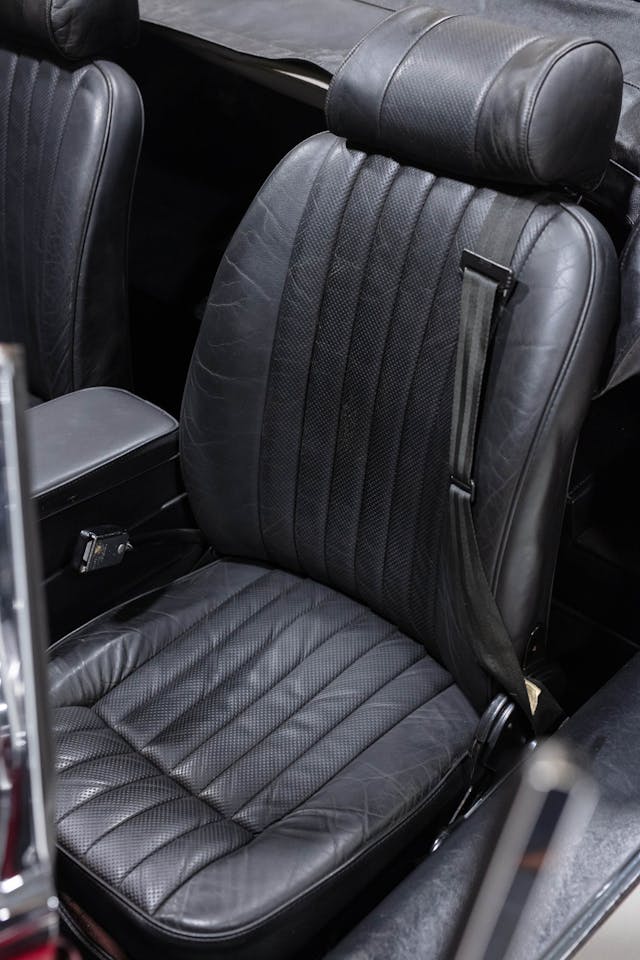
Of course, time did take its toll on some of the car’s mechanical parts. For their rehabilitation, Comer called upon former Motion Products lead technician Cliff Ebben. The brakes were stuck and so was the clutch, so both systems were rebuilt with new lines. The fuel tank was also in need of a thorough cleaning and it too got new plumbing. While the coolant hoses needed to be replaced, they had held their fluid all that time.
The most significant component that needed to be replaced was the exhaust system. Perhaps already beginning to corrode thanks to combustion byproducts, it was in a sad state after 43 years of storage. Sourcing the replacement exhaust proved to be the most difficult part of returning the Jag to the road. The COVID-19 pandemic caused a strain on parts supplies, so it took five months to get the exhaust in hand. The whole process of detailing the car and making it roadworthy took about six months, some of it made more difficult by the nature of finding vintage Jaguar parts. “If it were a Chevy,” Comer says, “I could have probably got it done quicker.”
This car’s bizarre story and remarkably lucky preservation must surely make it one of the lowest-miles examples of the final year of E-Type production. With just one day left in bidding, we’ll soon see how much collectors value this unique time capsule.

